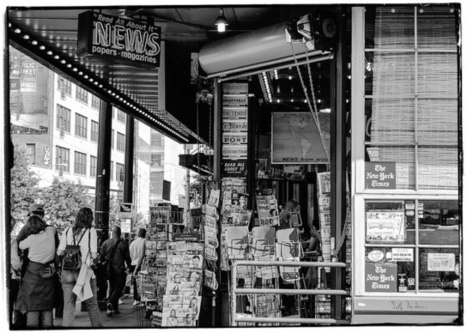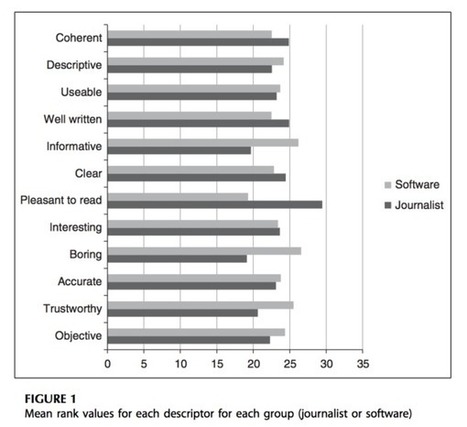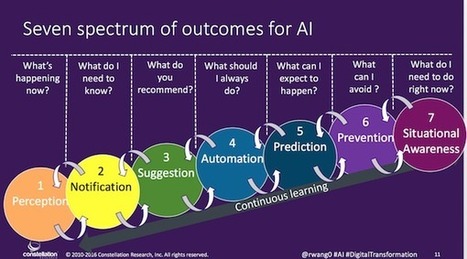Over the past few years you may have noticed a change in the way you are consuming content. With more and more large companies looking to find ways to connect to their ideal consumer there has been a shift in the way content is being developed and shared.

|
Scooped by
Ally Greer
onto Content marketing automation September 30, 2014 7:15 PM
|





 Your new post is loading...
Your new post is loading...







![[Infographic] Finding the write way: A history of content marketing | Content marketing automation | Scoop.it](https://img.scoop.it/n4qWw3BbAES1S-uiEQVTqjl72eJkfbmt4t8yenImKBVvK0kTmF0xjctABnaLJIm9)






































What exactly is a media hub?
In the context of marketing, it's a place where various types of content - articles, videos, images, etc - exist for the purpose of engaging audiences and spreading knowledge and information to current and future customers.
As Daniel Newman explains, we're no longer living in a time where brands can simply publish content about themselves and successfully connect with their audiences. Newman puts it perfecly when he says today's world of marketing "is more about sharing and collaborating and with that generosity comes interest, loyalty, and commitment to a brand."
While the example in this article is American Express, a company that most of us have heard of and is probably a little bit bigger than the average SMB, having a media hub is equally important for the mom & pop businesses who are trying to grow their brands online.
Creating a media hub doesn't only apply to large businesses, and it also doesn't have to take a lot of budget and/or time.
The tips in this article, like beginning to blog and create visual content, building community, and getting social, are great for getting started with your media hub. Once you've begun putting your knowledge out there, your community will start coming together and your audience will have a place to go to interact with you and your brand.
But, one question still remains: how do I actually organize all of this activity without having to create my own website from scratch?
The tips provided by Newman in this article are a great starting point, and having a place for your media hub to live is the next step of the equation. There are many tools in existence that brands can use to discover content, to organize content, and to distribute content, and there are also some tools that serve as all three. At Scoop.it, we've divided our content hub based upon the different demographics that we'd like to reach and the different areas of our expertise that are aligned with each of these demographics.
By having an organized content-filled page for each of the areas of expertise of the company, we're able to engage different audiences in different ways while still maintaining the overall media hub feel.
Are you ready to get started with your media hub? Get a demo of Scoop.it Enterprise and we'll get you on your feet!